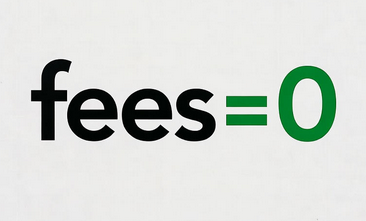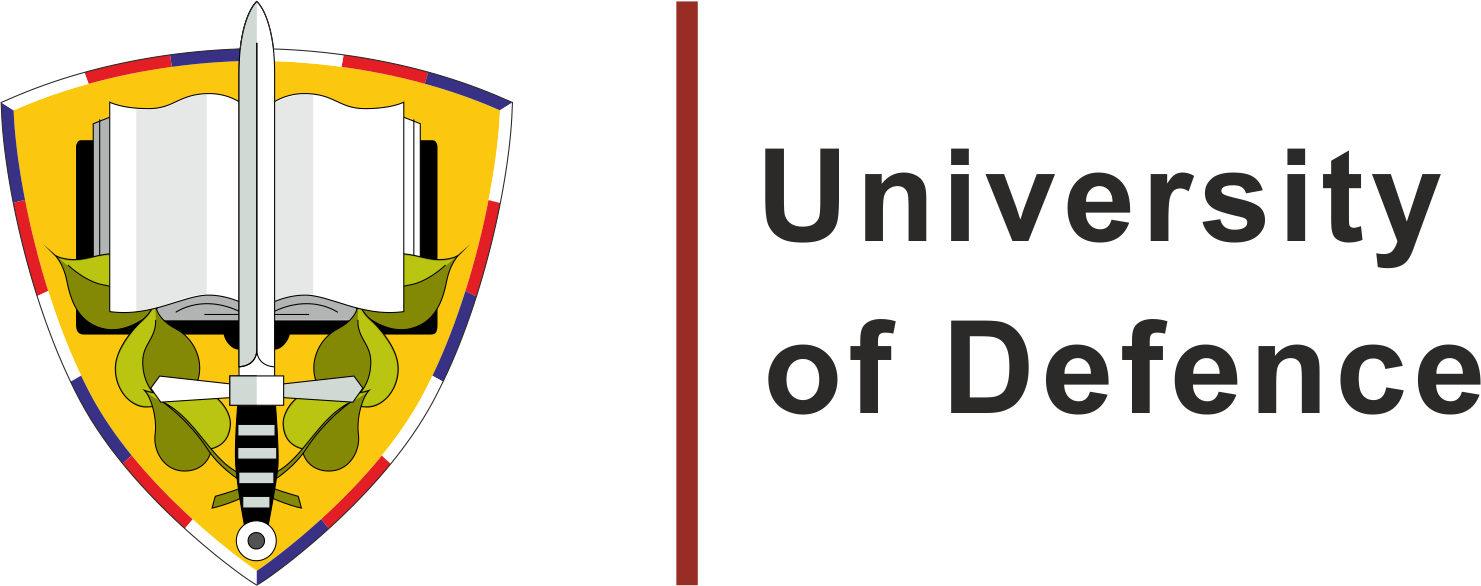False Misbehavior Elimination of Packet Dropping Attackers during Military Surveillance using WSN
Keywords:
Energy efficient mechanism, Military surveillance, Network life time, Sinkhole, Watchdog, Wireless Sensor NetworksAbstract
A Wireless Sensor Network (WSN) consists of many sensor nodes with low cost and power capability. The nature of WSN makes it easily prone to security attacks and paves way for attackers to easily eavesdrop the network. One of the deadliest attacks is the packet dropping attack by the intruder where the destruction caused to the network becomes inexplicable. It causes the intruder to lure all the packets and drop which will ultimately disrupt the military functionalities. It becomes essential to detect the attacker in split second before rendering heavy damage to the data and the network. Nodes in a WSN are usually highly energy-constrained and expected to operate for long periods from limited on-board energy reserves and there is a high need for energy-efficient operations. In this paper, a novel algorithm is developed to improve the existing Watchdog monitoring system to detect the false misbehaving node and to eliminate it in short time during surveillance. The existing Watchdog mechanism consumes more energy to compute the Sinkhole node in the network and its trustworthiness also becomes debatable. The simulation results show that exact elimination of the malicious node is done. Moreover, a greater percentage reduction in energy consumption is achieved by the proposed method that makes it more viable for military applications to detect the attacker.
References
FOROOTANINIA, A., GHAZNAVI-GHOUSHCHI, MB. An Improved Watchdog Technique based on Power-Aware Hierarchical Design for IDS In Wireless Sensor Networks. International Journal of Network Security & Its Applications, 2012, vol. 4, no. 4, p. 161-178.
YOUNGHO CHO, GANG QU and YUANMING WU. Insider Threats against Trust Mechanism with Watchdog and Defending Approaches in Wireless Sensor Networks. In Proceedings of IEEE CS Security and Privacy Workshops, IEEE 2012, p. 134-141. ISBN 978-1-4673-2157-0.
TRCEK, D. Trust Management in the Pervasive Computing Era. IEEE Security & Privacy, 2011, vol. 9, no. 4, p. 52-55. ISSN 1540-7993.
LOPEZ, J., ROMAN, R, AGUDO, I. and FERNANDEZ- GAGO, C. Trust Management Systems for Wireless Sensor Networks: Best Practices. Computer Communication, 2010, vol. 33, no. 9, p. 1086-1093.
VIJAY VARADHARAJAN A Note on Trust-Enhanced Security. Security & Privacy, IEEE, 2009, vol. 7, no. 3, p. 57-59. ISSN 1540-7993.
MARTI, S., GIULI, TJ, LAI, K. and BAKER, M. Mitigating Routing Misbehavior in Mobile and Ad Hoc Networks. In Proceedings of the 6th annual international conference on Mobile computing and networking. New York: ACM, 2000, p. 255-265. ISBN 1-58113-197-6.
KARLOF, C. and WAGNER, D. Secure Routing in Wireless Sensor Networks: Attacks and Countermeasures. Ad Hoc Networks, 2003, vol. 1, no. 2-3, p. 293-315.
BAGCHI, S., HARIHARAN, S. and SHROF, N. Secure Neighbor Discovery in Wireless Sensor Networks. ECE Technical Reports, paper 360. Purdue University, 2007. Available at: <http://docs.lib.purdue.edu/cgi/viewcontent.cgi?article=1362&context=ecetr> [last accessed: 17 May 2014].
TRAN HOANG HAI and EUI-NAM HUH Detecting Selective Forwarding Attacks in Wireless Sensor Networks Using Two-hops Neighbor Knowledge. In Proceedings of Seventh IEEE International Symposium on Network Computingand Applications. IEEE, 2008, p. 325-331. ISBN 978-0-7695-3192-2.
WANG XIN-SHENG, ZHAN YONG-ZHAO, XIONG SHU-MING and WANG LIANGMIN. Lightweight defense scheme against selective forwarding attacks in wireless sensor networks. In Proceedings of International Conference on Cyber- Enabled Distributed Computing and Knowledge Discovery. IEEE, 2009, p. 226-232. p. ISBN 978-1-4244-5218-7.
KHALIL, I., BAGCHI, S., CRISTINA N. ROTARU, CN. and SHROFF, NB. UnMask: Utilizing neighbor monitoring for attack mitigation in multihop Wireless Sensor Networks. Ad Hoc Networks, 2010, vol. 8, no. 2, p. 148-164.
BIN XIAO, BO YU and CHUANSHAN GAO. CHEMAS: Identify Suspect Nodes in Selective Forwarding Attacks. Journal of Parallel and Distributed Computing, 2007, vol. 67, no. 11, p. 1218-1230.
LEI HUANG, LIXIANG LIU. Extended Watchdog Mechanism for Wireless Sensor Networks. Journal of Information and Computing Science, 2008, vol. 3, no. 1, p. 39-48.
PIRES, WR. Jr., DE PAULA FIGUEIREDO, TH., WONG, HC. and LOURERO, AAF. Malicious Node Detection in Wireless Sensor Networks. In Proceedings of 18th International Symposium on Parallel and Distributed Processing. IEEE, 2004.
HAIGUANG CHEN, GANGFENG GU, HUAFENG WU, CHUANSHAN GAO Reputation and Trust Mathematical Approach for Wireless Sensor Networks. International Journal of Multimedia and Ubiquitous Engineering, 2007, vol. 2, no. 4, p. 23-32.
WANG, YONG, ATTEBURY, G. and RAMAMURTHY, B. A Survey of Security Issues In Wireless Sensor Networks. IEEE Communications Surveys & Tutorials, 2006, vol. 8, no. 2, p. 2-23.
CALLE TORRES, MG. Energy Consumption in Wireless Sensor Networks Using GSP [M.Sc. Thesis]. University of Pittsburgh, 2006, 95 p.
WOOD, AD. and STANKOVIC, JA. Denial of Service in Sensor Networks. Computer, 2002, vol. 35, no. 10, p. 54-62.
PATHAN, ASK., ABDUALLAH, WM, KHANAM, S. and SALEEM, HY. A Pay-and-Stay Model for Tackling Intruders in Hybrid Wireless Mesh Networks. Simulation, 2013, vol. 89, no. 5, p. 616-633 p.
Downloads
Published
License
Copyright (c) 2014 Advances in Military Technology

This work is licensed under a Creative Commons Attribution-NonCommercial 4.0 International License.
Authors who publish with this journal agree to the following terms:
1. Authors retain copyright and grant the journal right of first publication with the work simultaneously licensed under a Creative Commons Attribution License that allows others to share the work with an acknowledgement of the work's authorship and initial publication in this journal.
2. Authors are able to enter into separate, additional contractual arrangements for the non-exclusive distribution of the journal's published version of the work (e.g., post it to an institutional repository or publish it in a book), with an acknowledgement of its initial publication in this journal.
3. Authors are permitted and encouraged to post their work online (e.g., in institutional repositories or on their website) prior to and during the submission process, as it can lead to productive exchanges, as well as earlier and greater citation of published work.
Users can use, reuse and build upon the material published in the journal for any purpose, even commercially.






